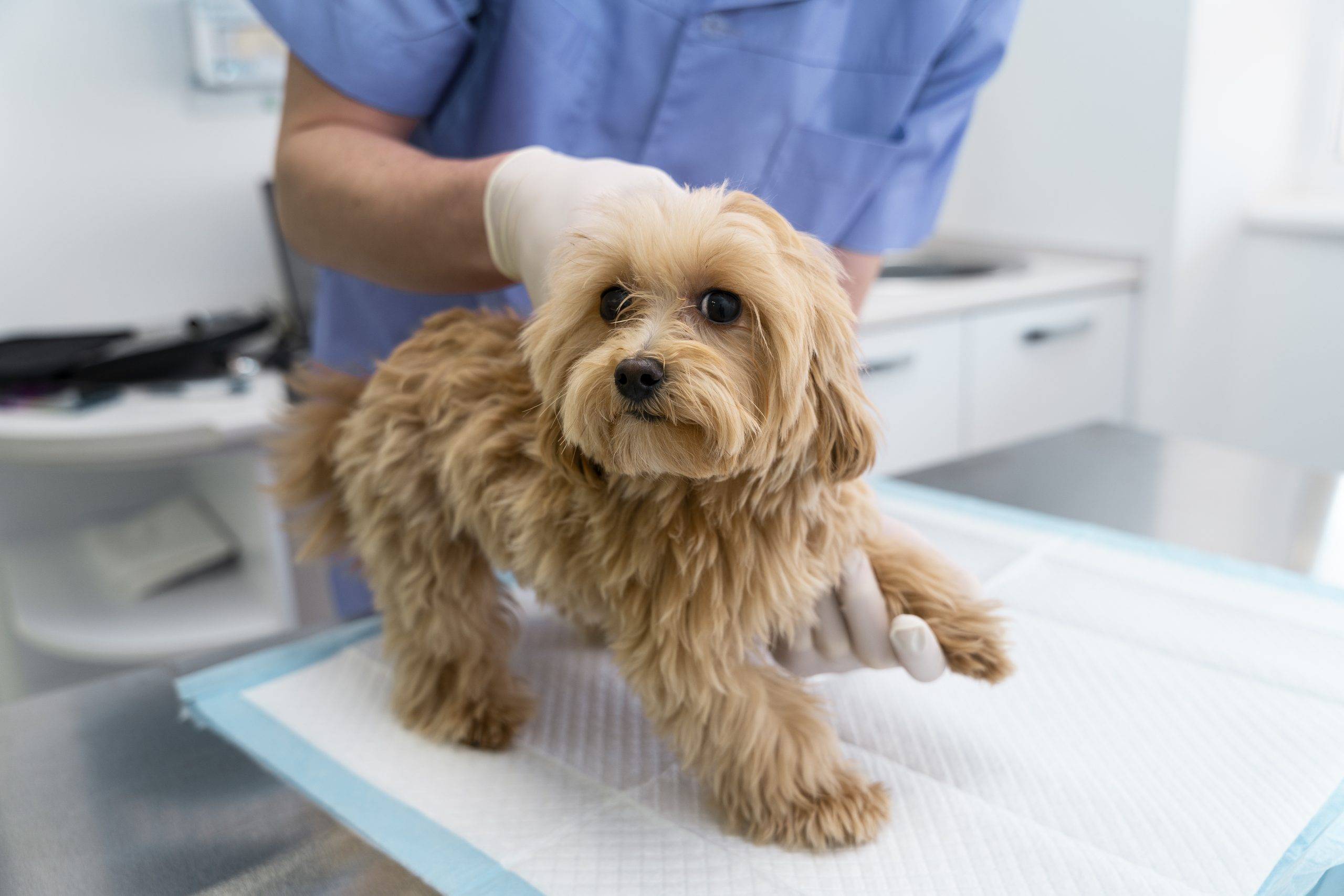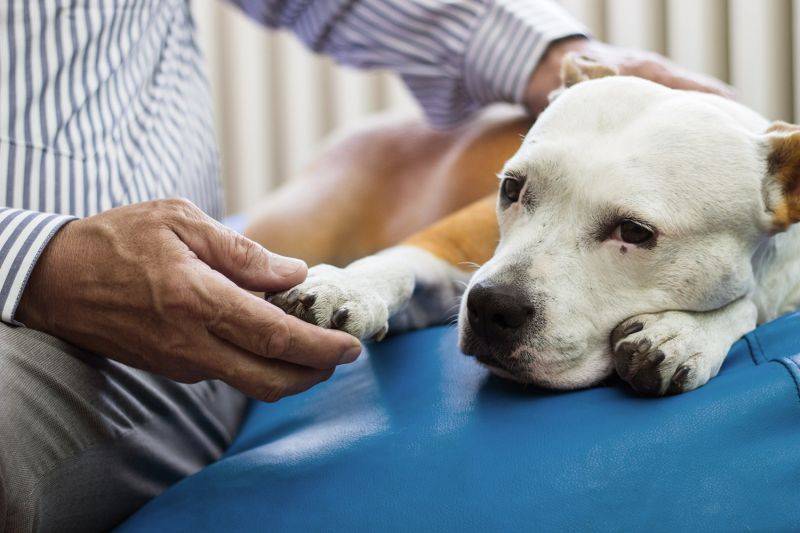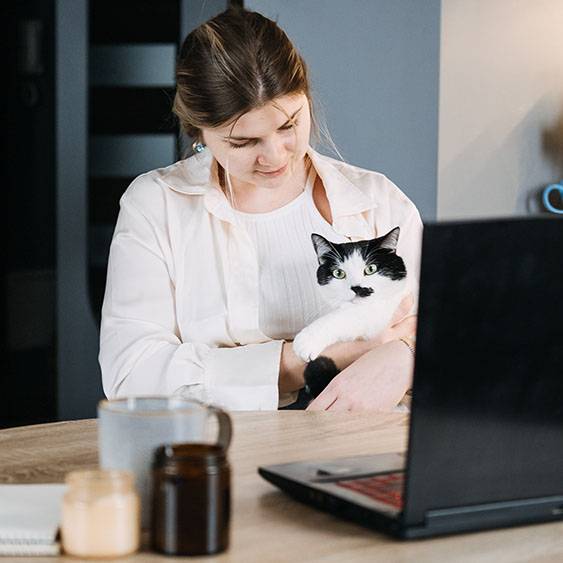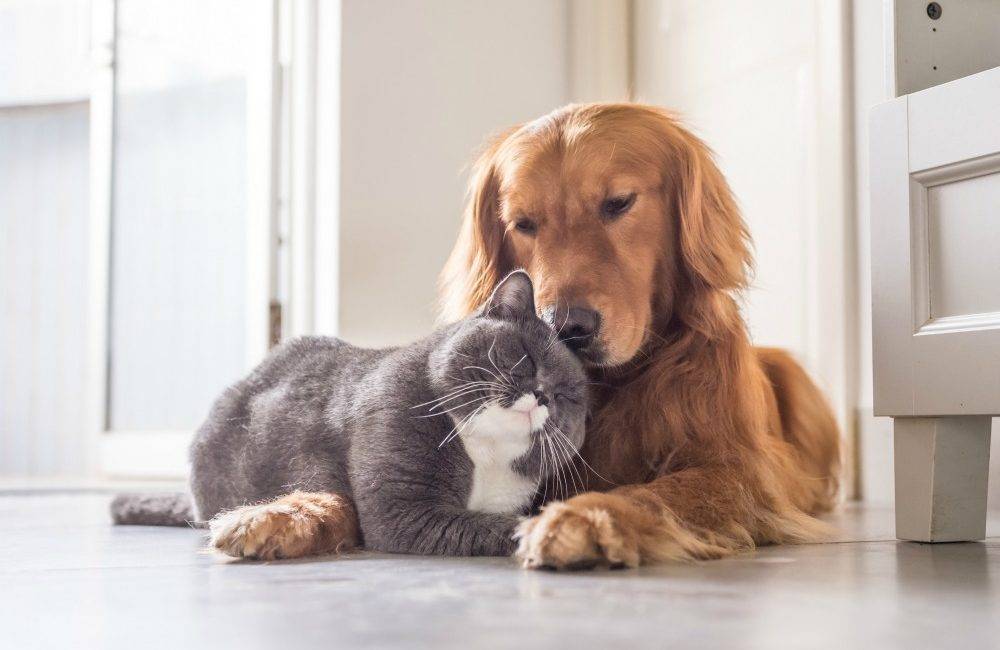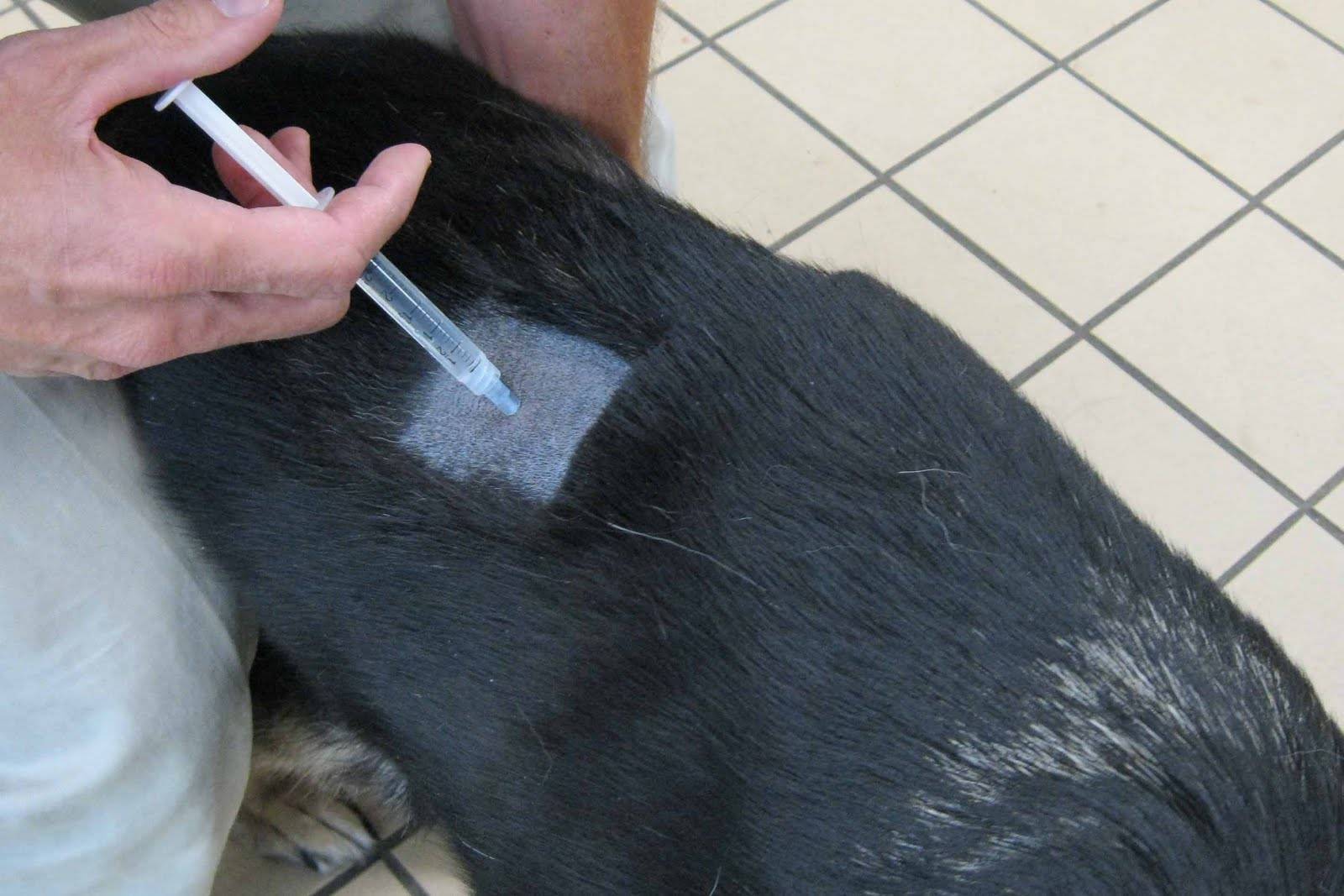According to the American Humane Association, approximately 10 million pets are lost in the United States each year, and only around 15% of dogs without proper identification are reunited with their owners. No matter how responsible you are as a pet parent, there is always a risk of a pet loss.
We are living in an era of tech advancement. Fortunately, technology has made it possible to equip your pet with a microchip for a permanent form of identification. Pet microchips contain unique identification numbers to help people identify lost animals and return them to their owners. Let’s go through every piece of information about Microchipping to ensure the safety of your pet dog.
What is a Pet Microchip?
The basic purpose of a pet microchip is to provide permanent identification. A pet microchip is a small RFID (radio-frequency identification) tag. These chips are tiny, about the size of a large grain of rice, designed for unobtrusive implantation beneath a dog’s skin. Comprised of a biocompatible material, the microchip houses a unique identification code registered in a secure pet database and your contact information. The microchip sits passively in the dog until it is read by a microchip scanner.
When a special scanner is passed over the microchip, the ID number is revealed, allowing lost or stray pets to be quickly identified and reunited with their owners. The animal care professional browses the microchip registration company’s database, where they can find the pet owner’s contact information.
The Microchipping Process
Microchipping is a straightforward and relatively quick procedure that can be performed by a veterinarian. Understanding the process can alleviate concerns and empower pet owners to make informed decisions about their dog’s safety.
-
Pre-Implantation Checks
Before insertion, the sterile microchip is scanned in its packaging to confirm that the identification code of the transponder matches the code on the package barcode label. This ensures accuracy and precision in the identification process.
-
Implantation Procedure
A veterinarian uses a hypodermic needle to insert the microchip beneath the loose skin gently. This specialized needle is quite long and designed for the safe and efficient implantation of the microchip.
The microchip is usually implanted under the skin between the shoulder blades of your dog. For accurate placement of the chip, your vet makes sure that your dog is either standing or lying on their stomach.
To ensure smooth microchip insertion with minimal discomfort, a portion of loose skin between the shoulder blades is gently lifted. The needle is then swiftly inserted, delivering the microchip under the skin. The procedure is akin to a routine vaccination and is generally well-tolerated by dogs.
-
Post-Implantation Confirmation
Immediately after insertion, the dog is scanned to confirm that the microchip is reading properly. This step ensures the identification code is accessible and can be used for future identification purposes.
-
Registering Your Pet’s Microchip
Getting your pet microchipped is not enough. After microchipping your pet, be sure to register the microchip with the relevant recovery company. While there are numerous registries to choose from, it’s advisable to select one listed in the AAHA Universal Pet Microchip Lookup Tool. This tool is utilized by vets and shelters to conduct a thorough search across multiple registries.
Microchipping proves effective only if you keep your details up-to-date. During the registration process for your pet’s chip, it’s essential to provide accurate contact information and stay proactive in maintaining it. If you move house or change your telephone number, you must update your owner information, including phone number and address, to prevent delays in connecting with you. It is important to remember that outdated information may hinder the swift reunion process, emphasizing the necessity of keeping your details current.
Microchipping is a safe & painless procedure
Microchipping is a painless procedure! Many owners naturally worry that placing a microchip inside their dog’s body will hurt. In fact, the procedure takes seconds, and no anesthetic is required. Besides being painless, the microchips are designed to last for the life of your pet. It is safe and shouldn’t need replacing or charging during your pet’s lifetime.
Your microchipped pet can be easily identified if found by a shelter or veterinary office with the help of a universal scanner. Although rare, sometimes, these chips have been known to migrate from the area between the shoulder blades. To properly scan for a microchip, don’t forget to examine the entire body of the dog, including its limbs.
Microchips aren’t GPS
While some believe microchips function as trackers or GPS chips for animals, it’s important to note that a microchip operates only when someone scans it. It’s a myth that you can track your pet with a chip. The effectiveness of a microchip relies on someone picking up your pet and bringing it to a shelter or veterinarian’s office for scanning. Once they get the chip’s number and the company that made it, they’ll contact that company to find the owner. Remember, you can not track your pet with a chip!
How Much Does It Cost to Microchip a Dog?
The price of microchipping remains consistent regardless of your dog’s size, breed, or age since the microchip and implantation procedure is the same for all dogs. Microchipping is relatively affordable, averaging between $25 to $60. The expense covers the microchip, the implantation procedure, and the online registration process, ensuring that your contact information is recorded in a pet recovery database.
The Bottom Line
Your pets must have their identification at all times. A collar with tags is the standard, but it can fall off or become damaged. For pet owners, even the thought of a pet lost is heart-wrenching. Thanks to microchipping technology, your beloved pet dogs can wear a permanent identification, improving the odds of reuniting with your dog if they run away or get lost.
Given how inexpensive microchipping is, many dog owners find microchipping to be a valuable investment for peace of mind. With a quick implantation procedure that takes just a few minutes and a user-friendly online registration for contact details, microchipping has become an obvious choice for reducing the chance of losing your furry friend.


